Pedestrian Crossing Signs
- 1/9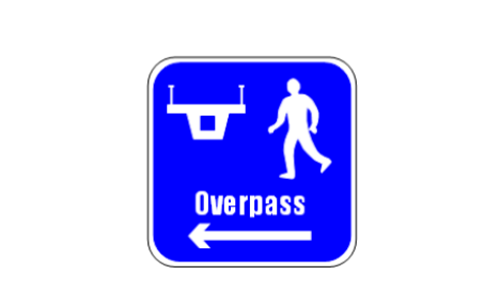
This sign indicates the presence of a pedestrian overpass. The arrow shows the direction in which the overpass can be found, allowing pedestrians to cross the road safely without interfering with vehicular traffic.

This blue sign with a white figure walking down steps into a tunnel indicates a pedestrian underpass. The arrow shows that the underpass, which allows pedestrians to cross beneath the road, is located to the left.
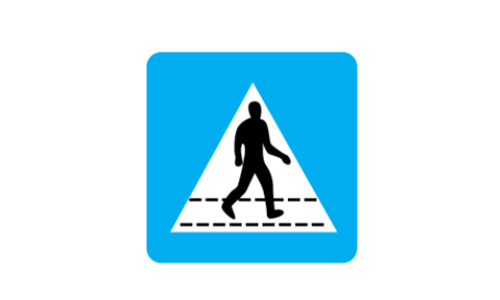
As a driver, you have a legal responsibility to approach such crossings with caution, reduce your speed, and be prepared to stop to allow pedestrians who are using or about to use the crossing to do so safely.
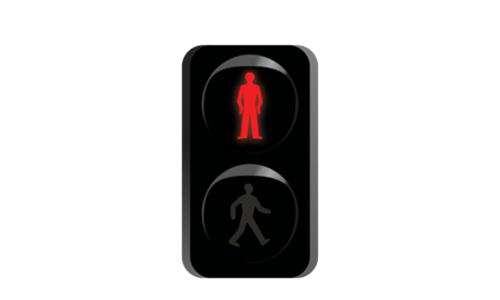
The red signal clearly indicates Do not cross. Pedestrians should wait on the sidewalk or designated waiting area until the signal changes to green, which signifies it is safe to begin crossing.
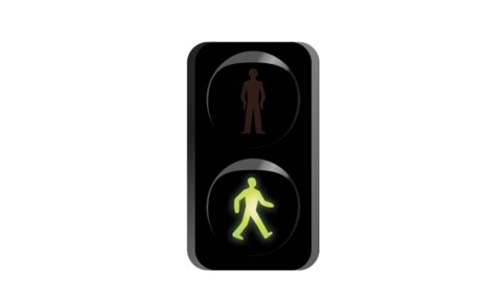
A steady green signal indicates it is safe to start crossing. However, when it begins to flicker, it means the crossing time is ending soon. If you are already on the crossing, you should proceed to the other side.
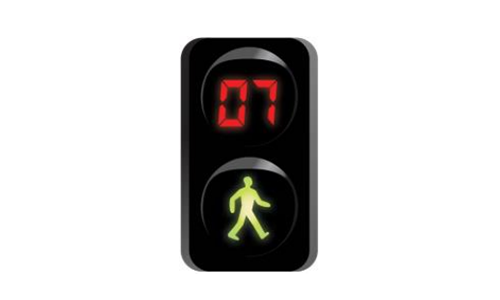
This helps pedestrians gauge if they have enough time to cross before the signal changes to red and allows drivers to anticipate when the pedestrian phase will end.
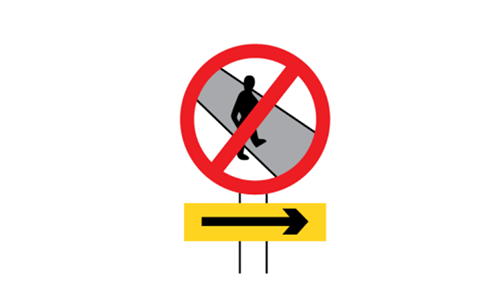
This Pedestrian Crossing Prohibition sign, with the supplementary arrow pointing right, indicates that pedestrians are not allowed to cross the road at this specific point and must use the designated pedestrian crossing located to their right.

This Pedestrian Crossing Prohibition sign signifies that crossing the road at this particular spot is not allowed. Pedestrians must instead use one of the designated pedestrian crossings located either to their left or to their right.

This Pedestrian Crossing Prohibition sign explicitly forbids pedestrians from crossing the road at this location. The arrow directs pedestrians to the designated pedestrian crossing that is located to their left, which they must use.
 Pass the Exam easily with Premium Practice Tests | Unlock All with 7 Days Plan
Pass the Exam easily with Premium Practice Tests | Unlock All with 7 Days Plan  Offer Ends in
Offer Ends in 
